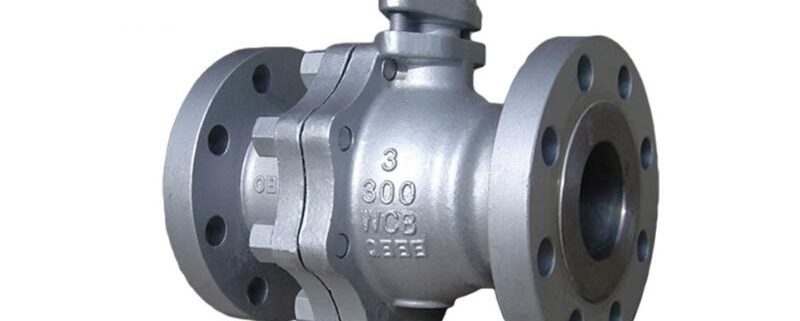What is the torque of the hard seal ball valve?
Hard-sealed ball valves are also a type of wear-resistant ball valves. Today we will talk about the calculation of the torque of hard-sealed ball valves. The torque of the hard-sealed ball valve is also smaller than that of a soft seal such as F4 (fluoroplastic). Generally, the torque of a metal hard-sealed ball valve is more than twice that of a soft seal. And if it is designed or used improperly, it will be stuck. The advantage of a hard-sealed ball valve over a soft-sealed ball valve is that it can be used at high temperatures or where wear is required.
The pressure hard seal ball valve is under load. The higher the pressure, the larger the load and the more laborious the operation, that is, the greater the operating torque. Factors affecting the torque of the hard-sealed ball valve are the pressure (load), the friction of the moving pair, the packing friction of the bonnet stuffing box, the machining accuracy of the rotating parts, the degree of lubrication, the pre-tightening force of the threaded joint, and the valve stem. Deformation, because the frictional force of the partial area between the valve stem and the cover rises linearly, the operating torque will increase sharply, and even the valve stem can not move directly. If the pneumatic actuator and the electric actuator do not have measures to deal with the fault, it is easy to cause Pneumatic actuators and electric actuators are damaged.
The torque calculation of the valve is specifically: the square of the valve diameter of the one-half of the valve is 3.14, which is the area of the valve plate, and multiplied by the pressure (ie the working pressure of the valve) to obtain the static pressure of the shaft, multiplied by the friction coefficient. (To check the table, the friction coefficient of general steel is 0.1, the friction coefficient of steel to rubber is 0.15), multiplied by the shaft diameter divided by 1000 to obtain the torque of the valve, the unit is cattle·meter. STV valve engineers recommend that the driving torque of the floating ball valve and the fixed ball valve drive device is at least 1.3 times the operating torque of the valve. The operating torque of the metal hard seal floating ball valve is about 4 times that of the soft seal floating ball valve. The metal hard seal is fixed. The operating torque of the ball valve is approximately 3-4 times the operating torque of the soft seal fixed ball valve.





